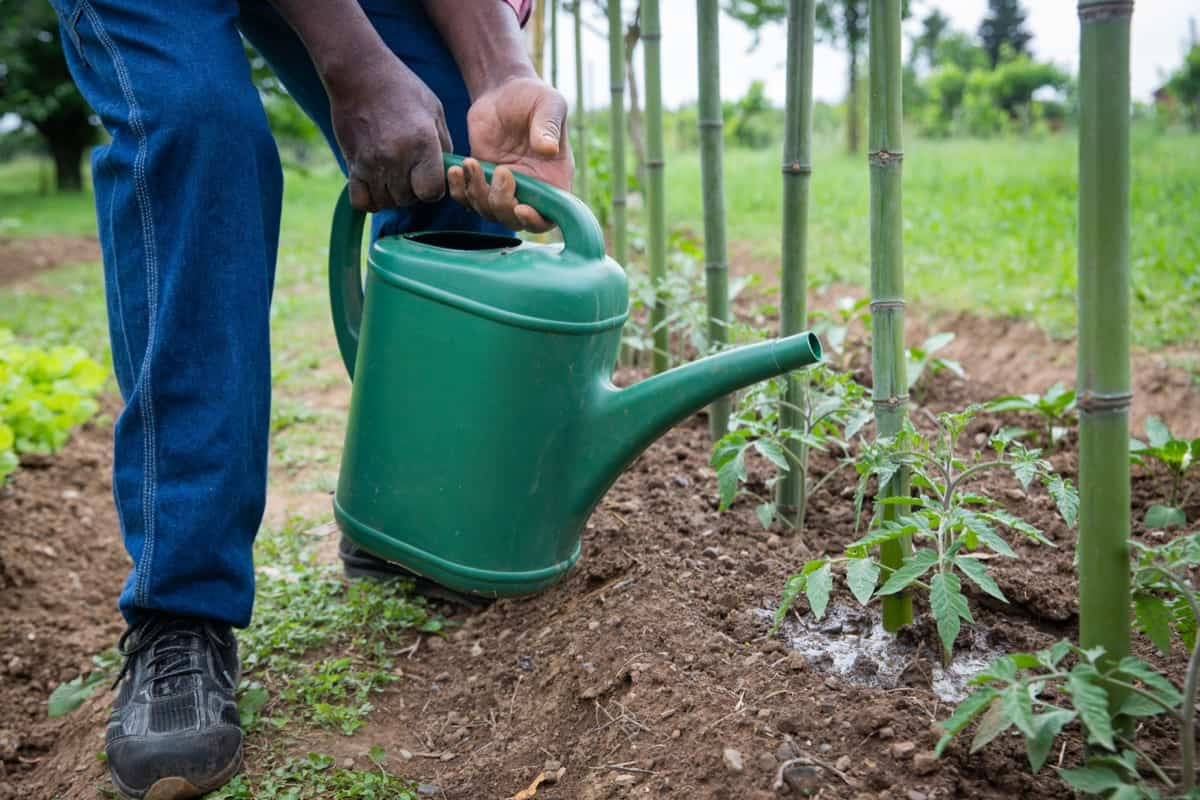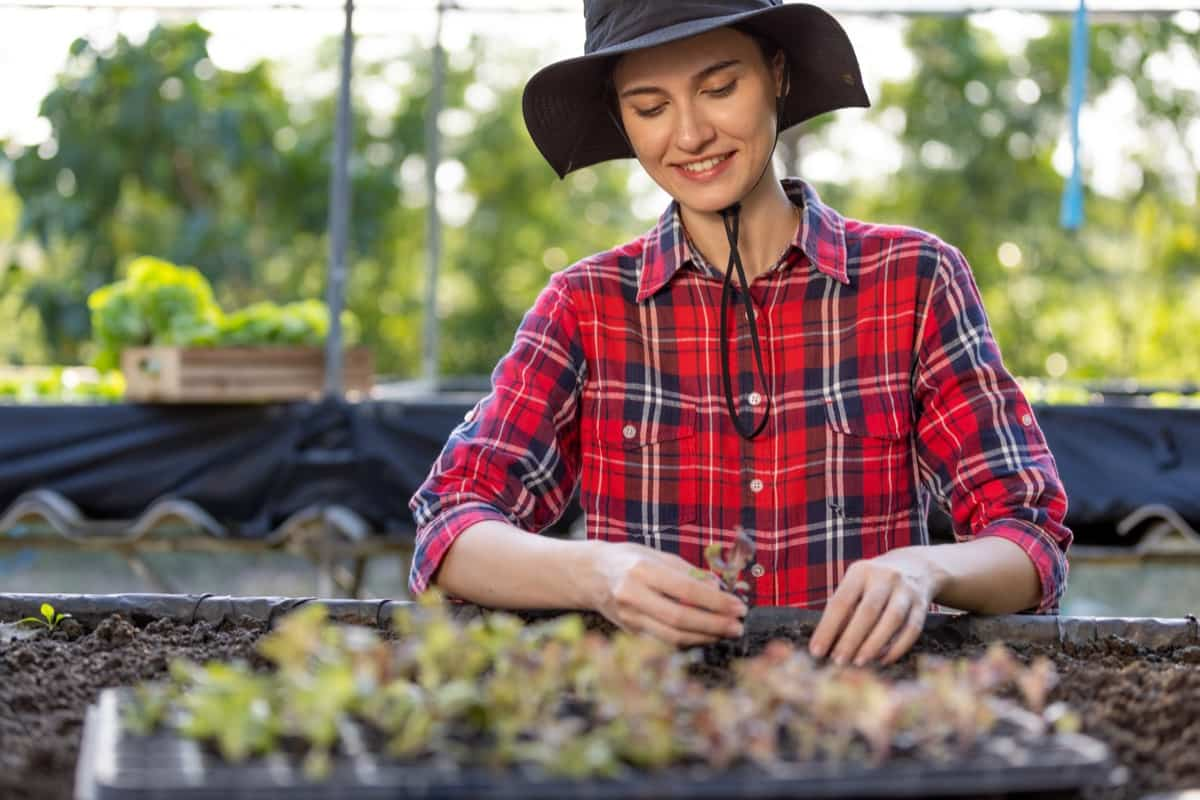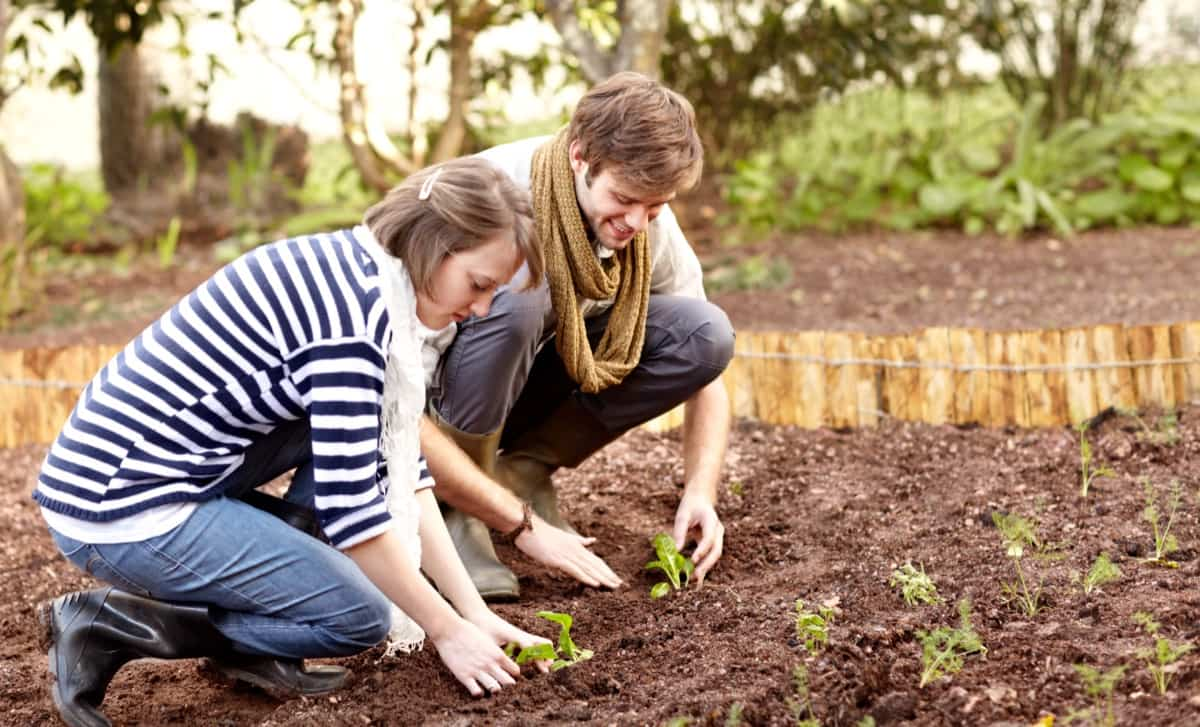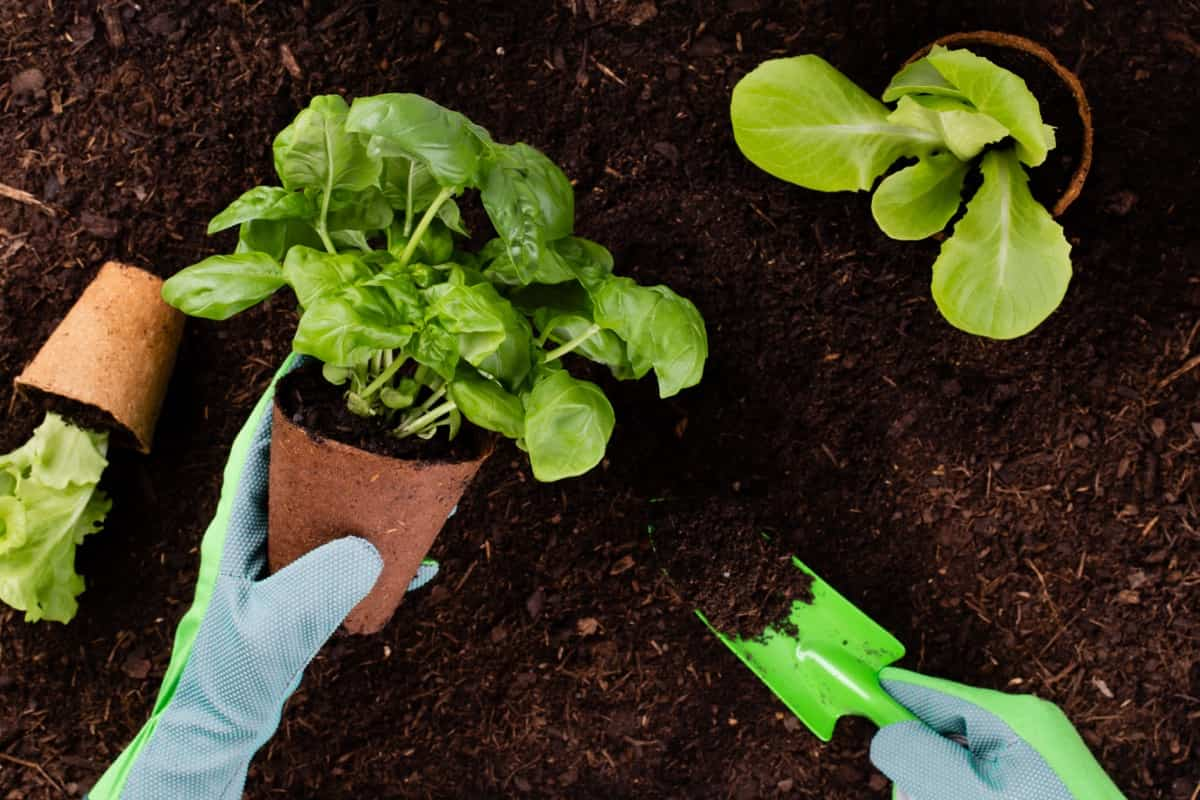When can you start planting in South Dakota? That’s a question many gardeners eagerly ask as winter begins to wane. The answer depends on various factors, such as which part of the state you’re in, the specific vegetables you plan to grow, and your gardening zone. Eastern South Dakota falls mostly in USDA Hardiness Zone 4, while the western part is primarily in Zone 5.

Understanding the nuances of the climate and growing season in South Dakota is crucial for vegetable gardening in the state. In this article, we’ll discuss what growing zone is in Eastern South Dakota, how long is the growing season in South Dakota, what gardening zone is in South Dakota, and what zone is in South Dakota for planting.
When to Plant Vegetables in South Dakota
Understanding South Dakota’s Climate Zones
South Dakota has two main climate zones. Eastern South Dakota is mostly Zone 4, while western South Dakota is primarily Zone 5. Each zone has its temperature patterns, which affect how and when you can plant your vegetables. Zone 4 is generally colder and has a shorter growing season, while Zone 5 is warmer and offers a longer growing period for your plants.
Factors Affecting Vegetable Planting Dates in South Dakota
Aside from hardiness zones, several other factors can affect when you should plant vegetables in South Dakota. These include soil temperature, frost dates, and daylight hours. Soil temperature is vital because certain vegetables won’t germinate if the soil is too cold. Frost dates are also important because late frost can kill tender seedlings. Finally, some vegetables need long daylight hours to mature, so knowing when the days are longest will help you plan your planting schedule.
Planting Vegetables in Eastern South Dakota
In Eastern South Dakota, you’ll find Zone 4, which has a shorter growing season than the West. Here, you can start planting cold-hardy vegetables like spinach, peas, and Lettuce as early as late March or early April, depending on the soil temperature and last frost date. Root vegetables like carrots and beets can also be planted around the same time. For warm-weather vegetables like tomatoes, peppers, and cucumbers, it’s best to wait until late May or early June when the soil has warmed sufficiently.
In case you missed it: Best South Dakota Container Plants: For Vegetables, Flowers, Herbs in Winter, Shade, Full Sun

Optimal Vegetable Planting Times for Western South Dakota
Western South Dakota falls under Zone 5. Here, you have a bit more flexibility with your planting dates. The growing season is longer, and the last frost date is generally earlier. You can start planting cool-season vegetables like Lettuce, spinach, and peas in early to mid-April. For warm-season veggies like tomatoes, peppers, and corn, late May to early June is a suitable timeframe for planting. Always check the soil temperature and be aware of frost dates to optimize your planting schedule.
Vegetable Planting Schedule for South Dakota
- Late March to early April: Plant cool-season vegetables like spinach, peas, and Lettuce.
- Late April to early May: Plant root vegetables like carrots and beets.
- Late May to early June: Plant warm-season vegetables like tomatoes, peppers, and cucumbers.
Recommended Vegetables for Early Spring Planting in South Dakota
In the early spring, focus on vegetables that tolerate colder soil and air temperatures. Spinach, peas, and Lettuce are excellent choices. These vegetables can be planted when the soil is workable and frost-free. They are hardy and can tolerate some cold, making them ideal for the early South Dakota spring.
Late Spring and Early Summer Vegetable Planting Guide for South Dakota
With late spring and early summer approaching, it’s a good time to consider planting vegetables that thrive in warm weather. Tomatoes, peppers, and cucumbers are perfect for this period. Corn is another warm-season vegetable that does well in South Dakota’s climate. Plant these vegetables when the soil has warmed to at least 60°F, usually from late May to early June.
Fall Vegetable Planting Tips for Eastern South Dakota
Regarding fall vegetable planting in Eastern South Dakota, late July through August is the ideal time to get seeds and seedlings into the ground. During this period, it’s best to focus on frost-tolerant vegetables like kale, collards, and root vegetables like beets and carrots. These cool-weather crops can tolerate the chilly temperatures that fall brings.
It’s also essential to watch the frost dates as they approach; some vegetables, like Lettuce, might require protective measures like mulch or row covers to protect them from early frosts. Don’t forget to check the soil temperature, as fall can bring fluctuations that might affect germination and growth. Preparing your soil with organic matter can also provide added nutrients, ensuring your vegetables grow healthy and robust during fall.
Ideal Fall Planting Dates for Western South Dakota
In Western South Dakota, which falls mostly in Zone 5, you have more time and flexibility for your fall vegetable planting. The warmer and longer growing season means you can start planting cool-season vegetables like spinach, Lettuce, and radishes as late as early September. Root vegetables such as turnips and carrots also do well when planted in late summer or early fall, and they can be harvested even after the first few frosts.
In case you missed it: Best North Dakota Container Plants: For Vegetables, Flowers, Herbs in Winter, Shade, Full Sun

Regularly check the soil temperature and its condition. These things are important for your autumn vegetable garden to thrive. Preparing your garden beds with compost and organic material can help retain moisture and provide necessary nutrients, improving the chances of a successful harvest.
When to Plant and What Vegetables to Grow in South Dakota in Winter
Believe it or not, gardening in South Dakota doesn’t have to end when winter arrives. Some vegetables can be grown indoors or in a greenhouse throughout winter. Lettuce, herbs, and microgreens are all excellent choices for indoor winter gardening and can be grown from seed or as transplants.
If you’re considering outdoor gardening, focus on extremely hardy vegetables like winter varieties of kale and collards, which can withstand colder temperatures and can often be harvested throughout the winter. Plant these in late fall, and use protective measures like thick mulch or row covers to protect them from the harshest winter weather.
Vegetable Planting Schedule/Calendar Table for South Dakota
| Vegetable | Eastern South Dakota (Zone 4) | Western South Dakota (Zone 5) |
| Spinach | Late March to Early April | Early to Mid-April |
| Peas | Late March to Early April | Early to Mid-April |
| Lettuce | Late March to Early April | Early to Mid-April |
| Carrots | Late April to Early May | Late April to Mid-May |
| Beets | Late April to Early May | Late April to Mid-May |
| Tomatoes | Late May to Early June | Late May to Early June |
| Peppers | Late May to Early June | Late May to Early June |
| Cucumbers | Late May to Early June | Late May to Early June |
| Corn | Late May to Early June | Late May to Early June |
| Kale (for fall) | Late July to Early August | Late August to Early September |
| Collards (for fall) | Late July to Early August | Late August to Early September |
| Turnips (for fall) | Late July to Early August | Late August to Early September |
| Radishes (for fall) | Late July to Early August | Late August to Early September |
| Indoor Lettuce (winter) | November to February | November to February |
| Indoor Herbs (winter) | November to February | November to February |
In case you missed it: Elevate Your Green Space: 11 Best Rooftop Garden Design Ideas

Conclusion
Whether you’re planting in the spring, summer, fall, or even winter, knowing your local conditions and choosing appropriate vegetables will significantly improve your chances of a bountiful harvest.
- Feed Your Flock for Less: Top 10 Tips to Save on Chicken Feed
- Ultimate Guide to Ossabaw Island Hog: Breeding, Raising, Diet, and Care
- Hatching Answers: The Top 10 Reasons Your Chickens Aren’t Laying Eggs
- Eggs and Economics: Breaking Down the Cost of Raising Backyard Chickens
- Defend Your Greens: Proven Methods to Keep Iguanas Out of Your Garden
- Ultimate Guide to Cinnamon Queen Chicken: A Comprehensive Guide for Beginners
- Ultimate Guide to California Tan Chicken: Breeding, Raising, Diet, Egg-Production and Care
- Ultimate Guide to Marsh Daisy Chicken: Breeding, Raising, Diet, and Care
- 10 Types of Chicken Farming Businesses You Can Start for Profits